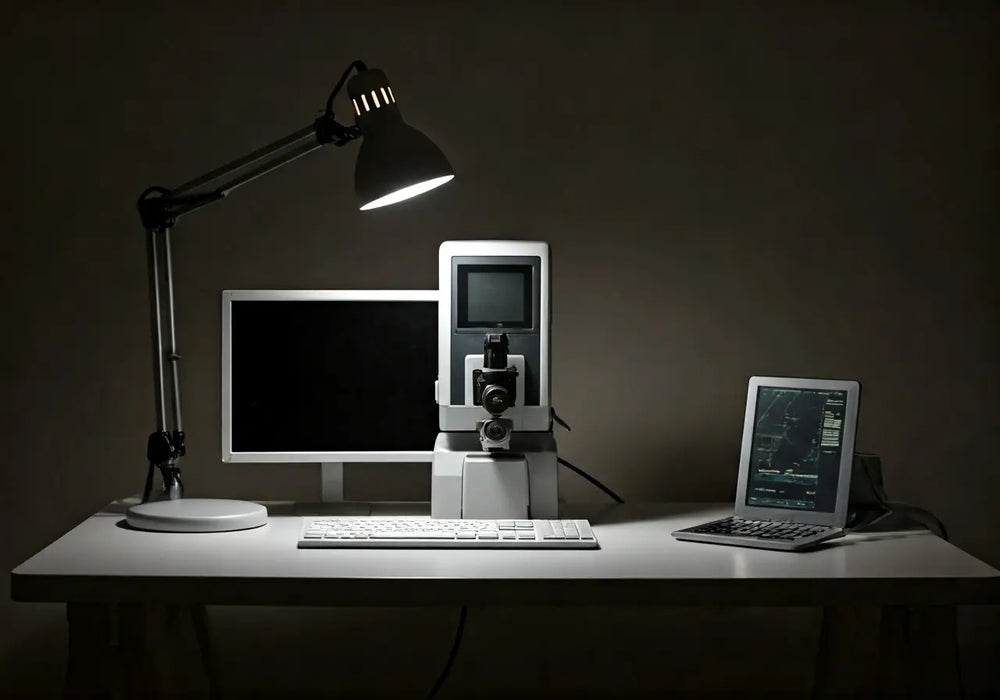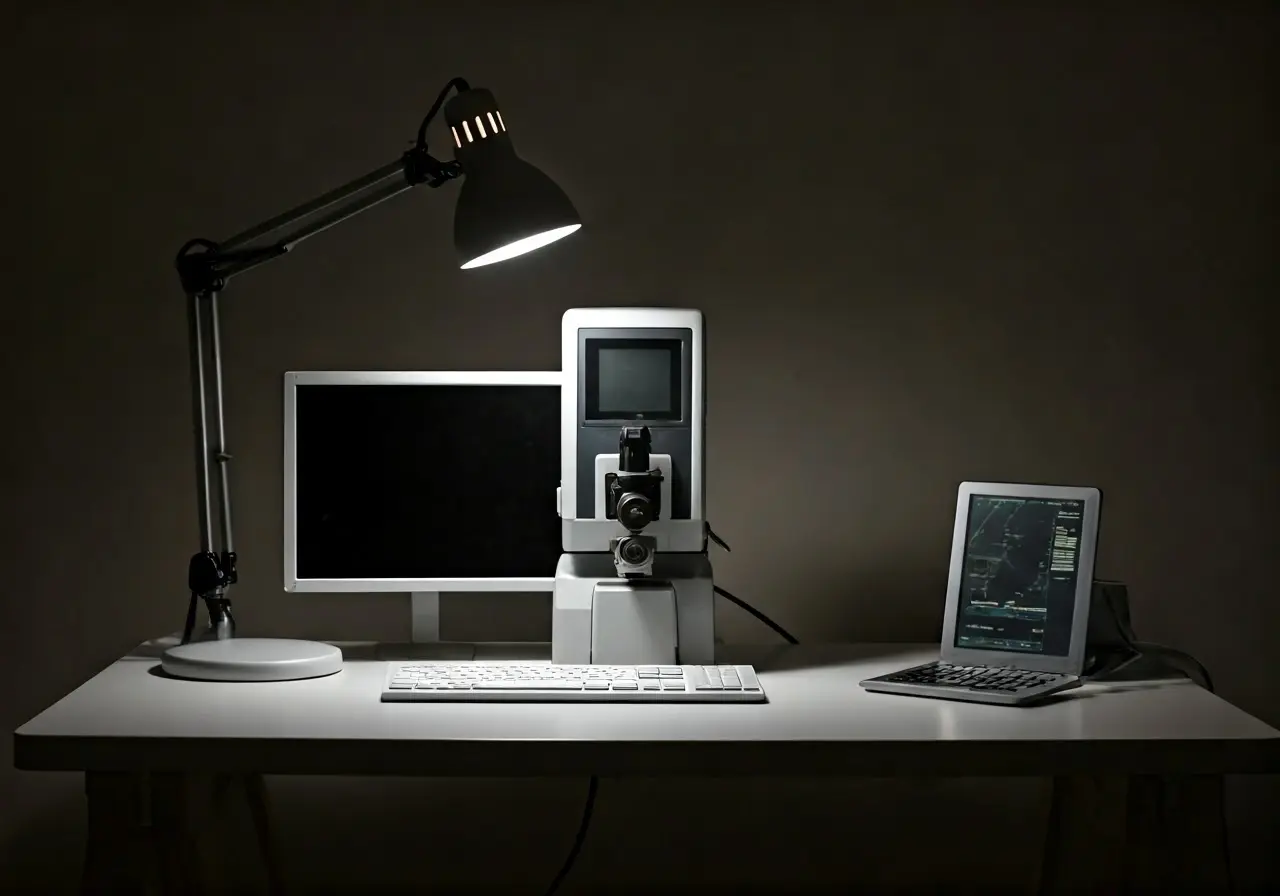
Creating a comfortable and efficient radiologist imaging desk is essential for productivity and well-being. This blog highlights several practical tips that can enhance your workspace, ensuring you stay comfy during long hours of interpreting images.
1. Choose the Right Desk Height
Selecting a desk that matches your height can prevent strain on your back and neck, promoting better posture during long hours of work.
An adjustable-height desk can be particularly beneficial, allowing you to alternate between standing and sitting. This flexibility is essential for radiologists who spend hours analyzing CT and MRI scans. For those continuously viewing subtle shifts in images, the comfort of your workspace can directly impact your productivity. As such, consider this an investment in your health and efficiency.
2. Invest in a Comfortable Chair
A supportive chair with good lumbar support is crucial. This will help you maintain comfort as you sit for extended periods.
Your chair should allow for adjustments in height and angle, ensuring it aligns with your desk properly. If you are investing in a chair, don’t overlook its wheelbase or materials. A chair that offers ease of movement can make transitioning between tasks seem effortless. Plus, a comfy chair will encourage you to sit properly, reducing fatigue and enhancing your overall focus.
3. Organize Your Desk with Essential Tools
Having frequently used tools and documents within easy reach will minimize disruptions, allowing you to stay focused on your tasks.
You might consider designated storage solutions, such as drawer organizers and cable management systems. Everything needs to be easily accessible yet organized enough to avoid chaos. Creating a tidy atmosphere is vital; it’s about cultivating an environment that encourages efficiency without overstimulation. A well-organized desk at your imaging station not only enhances workflow but can also reduce the stress that comes with clutter.
4. Adjust Your Monitor for Optimal Viewing
Position your monitor at eye level to reduce eye strain and neck discomfort, creating a more ergonomic workspace.
Moreover, maintaining an appropriate distance from your screen is crucial. Ideally, you should sit around an arm’s length away from the monitor. This positioning can help you effectively analyze intricate details within CT and MRI scans. You’re after clarity, and a good setup minimizes distractions that might hinder your critical observations.
5. Utilize Proper Lighting
Good lighting can significantly improve your comfort and reduce headaches. Consider using a mix of ambient and task lighting.
Poor lighting conditions can create shadow effects on your monitor, making it more challenging to view fine details. Task lighting can be particularly useful for reading reports or operating digital tools in lesser-lit environments. Aim for a setup that emphasizes clarity without causing glare on your screens. Consider also adjustable lamps; they can offer flexibility based on your immediate need for brightness.
6. Incorporate Ergonomic Accessories
Consider using items like wrist supports or monitor stands to improve overall ergonomics and comfort at your desk.
These small additions can vastly change your experience at your imaging desk. For instance, placing your monitor on a stand can help achieve that sweet spot for optimal viewing, preserving your neck and back health. Likewise, wrist rests can provide extra comfort when dealing with a keyboard and mouse for analyzing images, ensuring minimal wear and tear on your joints.
7. Minimize Clutter
A clean and organized desk can help reduce distractions, making it easier to concentrate on your work.
You should periodically assess what items you really need in your immediate workspace. Keeping only essential tools at your fingertips streamlines your workflow and lets you focus on delivering accurate assessments. Adopt a habit of decluttering regularly; not only will this enhance your physical space, but it will also clear your mental space, allowing you to work more effectively.
8. Add Personal Touches
Incorporating personal items such as photos or plants can make your workspace feel inviting and enjoyable.
These touches can serve as comforting reminders of home or nature, providing a boost of morale during intensive work sessions. Make it a point to include something that inspires you each time you sit down at your desk. The balance between professionalism and comfort hinges upon crafting a space that feels uniquely yours and enhances your overall job satisfaction.
9. Take Regular Breaks
Don’t forget to take short breaks to stand, stretch, and reset your mind. This will help maintain your energy and focus throughout the day.
These moments away from your work can do wonders for productivity, especially when the task at hand demands intense concentration. Try setting a timer to remind yourself to take these important pauses. Consider combining these breaks with brief moments of stretching; your body will thank you for it! Remember, while the images require your utmost attention, your health should take precedence. These simple pauses can lead to more effective and insightful reviews of CT and MRI scans.


